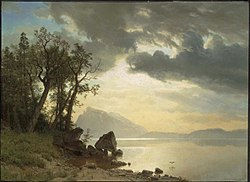The Blacksmiths
- Cheryl Anne Stapp

- Apr 26, 2023
- 1 min read

The mighty smith of folklore was the blacksmith, who worked with iron and steel and whose hammer wielded more force than his fellow craftsmen, the tinsmith and the whitesmith, who worked in lighter metals. The word “smith” derives its meaning from the word “smite,” transformed over time to mean “a man who strikes.”
Blacksmiths were valuable in every frontier community because they could make tools: crowbars, axles, axes, plows, and other implements. They also produced fine metal parts like hinges, hoops for wooden barrels, nails, and pots.
The blacksmith ranked with the cobbler as a rural philosopher, and his shop, with doors open during the summer and comfortably warm in the winter, offered men a receptive place for gathering and gossip. The craft was passed on from master blacksmiths to young apprentices, who were usually just boys when they began learning. Today many people associate blacksmithing with one who makes horseshoes, but those specialists are more properly known as farriers.




Comments